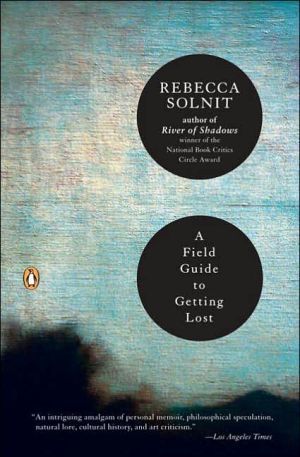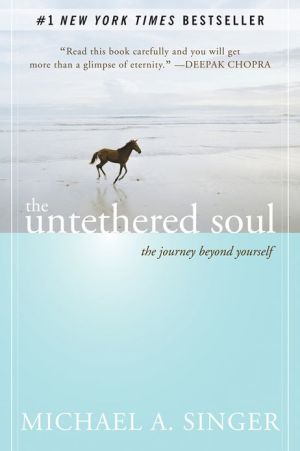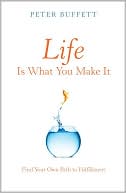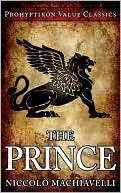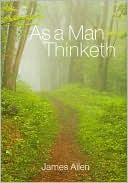A Field Guide to Getting Lost
Whether she is contemplating the history of walking as a cultural and political experience over the past two hundred years (Wanderlust), or using the life of photographer Eadweard Muybridge as a lens to discuss the transformations of space and time in late nineteenth-century America (River of Shadows), Rebecca Solnit has emerged as an inventive and original writer whose mind is daring in the connections it makes. A Field Guide to Getting Lost draws on emblematic moments and relationships in...
Search in google:
Whether she is contemplating the history of walking as a cultural and political experience over the past two hundred years (Wanderlust), or using the life of photographer Eadweard Muybridge as a lens to discuss the transformations of space and time in late nineteenth-century America (River of Shadows), Rebecca Solnit has emerged as an inventive and original writer whose mind is daring in the connections it makes. A Field Guide to Getting Lost draws on emblematic moments and relationships in Solnit's own life to explore the issues of wandering, being lost, and the uses of the unknown. The result is a distinctive, stimulating, and poignant voyage of discovery. BACKCOVER: “A meditation on the pleasures and terrors of getting lost” —The New Yorker “This indispensable California writer's most personal book yet.” —San Francisco Chronicle “An intriguing amalgam of personal memoir, philosophical speculation, natural lore, cultural history, and art criticism . . . a book to set you wandering down strangely fruitful trails of thought.” —Los Angeles Times The New Yorker This meditation on the pleasures and terrors of getting lost is—as befits its subject—less a coherent argument than a series of peregrinations, leading the reader to unexpected vistas. The word “lost,” Solnit informs us, derives from the Old Norse for disbanding an army, and she extrapolates from this the idea of striking “a truce with the wide world.” It’s the wideness of the world that entices: a map of this deceptively slender volume would include hermit crabs, who live in scavenged shells; marauding conquistadors; an immigrant grandmother committed to an asylum; white frontier children kidnapped by Indians; and Hitchcock’s “Vertigo.” Solnit imagines a long-distance runner accumulating moments when neither foot is on the ground, “tiny fragments of levitation,” and argues, by analogy, that in relinquishing certainty we approach, if only fleetingly, the divine.
Open door3The blue of distance27Daisy chains43The blue of distance63Abandon85The blue of distance111Two arrowheads127The blue of distance153One-story house177
\ The New YorkerThis meditation on the pleasures and terrors of getting lost is—as befits its subject—less a coherent argument than a series of peregrinations, leading the reader to unexpected vistas. The word “lost,” Solnit informs us, derives from the Old Norse for disbanding an army, and she extrapolates from this the idea of striking “a truce with the wide world.” It’s the wideness of the world that entices: a map of this deceptively slender volume would include hermit crabs, who live in scavenged shells; marauding conquistadors; an immigrant grandmother committed to an asylum; white frontier children kidnapped by Indians; and Hitchcock’s “Vertigo.” Solnit imagines a long-distance runner accumulating moments when neither foot is on the ground, “tiny fragments of levitation,” and argues, by analogy, that in relinquishing certainty we approach, if only fleetingly, the divine.\ \ \ \ \ Publishers WeeklyThe virtues of being open to new and transformative experiences are rhapsodized but not really illuminated in this discursive and somewhat gauzy set of linked essays. Cultural historian Solnit, an NBCC award winner for River of Shadows: Eadweard Muybridge and the Technological Wild West, allows the subject of getting lost to lead her where it will, from early American captivity narratives to the avant-garde artist Yves Klein. She interlaces personal and familial histories of disorientation and reinvention, writing of her Russian Jewish forebears' arrival in the New World, her experiences driving around the American west and listening to country music, and her youthful immersion in the punk rock demimonde. Unfortunately, the conceit of embracing the unknown is not enough to impart thematic unity to these essays; one piece ties together the author's love affair with a reclusive man, desert fauna, Hitchcock's Vertigo and the blind seer Tiresias in ways that will indeed leave readers feeling lost. Solnit's writing is as abstract and intangible as her subject, veering between oceanic lyricism ("Blue is the color of longing for the distance you never arrive in") and pens es about the limitations of human understanding ("Between words is silence, around ink whiteness, behind every map's information is what's left out, the unmapped and unmappable") that seem profound but are actually banal once you think about them. Agent, Bonnie Nadell at Frederick Hill Assoc. (July 11) Copyright 2005 Reed Business Information.\ \ \ Library JournalSolnit is an activist and cultural historian with an impressive literary background, having written Wanderlust: A History of Walking and Hope in the Dark: Untold Histories, Wild Possibilities. Her latest mixes memories and storytelling in nine essays that take us through Solnit's life at different stages; the hodgepodge of her experiences creates a backdrop for topics ranging from her family and childhood to music, politics, culture, and movies. In "Daisy Chains," for example, Solnit writes about her family history and what makes it mysterious, suggesting that she became a historian in part because she had no history of her own and wanted to "tell the truth in a family in which truth was an elusive entity." The essay also provides details about the fate of Solnit's grandmother and great-grandmother, women whom Solnit describes as having disappeared both physically and emotionally from the lives of those around them. Though engaging and introspective, this book has quite a bit going on and might overwhelm readers at times. Solnit grounds each essay in her personal experiences, but her style requires close attention, concentration, and reflection in a way that can be tedious. Still, appropriate for most collections.-Valeda Dent, Hunter Coll. Lib., New York Copyright 2005 Reed Business Information.\ \
